Search in blog
Blog categories
Featured posts
-

-

Can we keep the frame and change the lenses ?
En lire plus -

Y2K Sunglasses: How the 2000s Style Is Back
En lire plus
BLUE LIGHT FILTER OFFERED UNTIL JANUARY 18*
Money-back Guarantee •
International Shipping •
Adaptable to your prescription

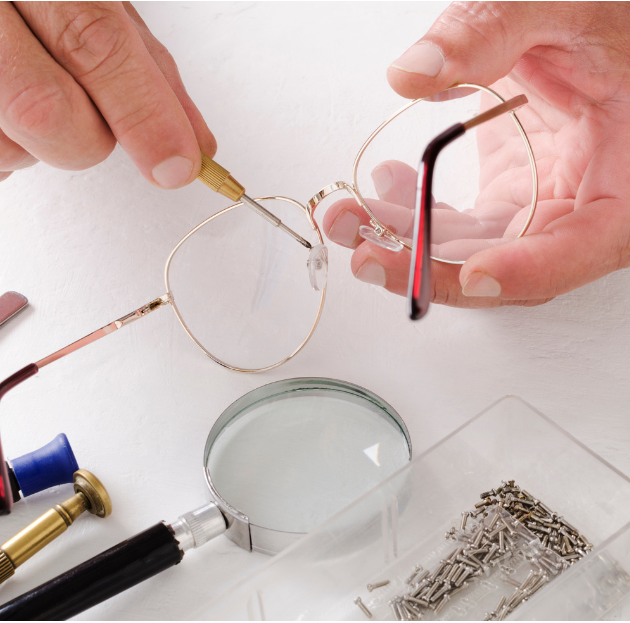

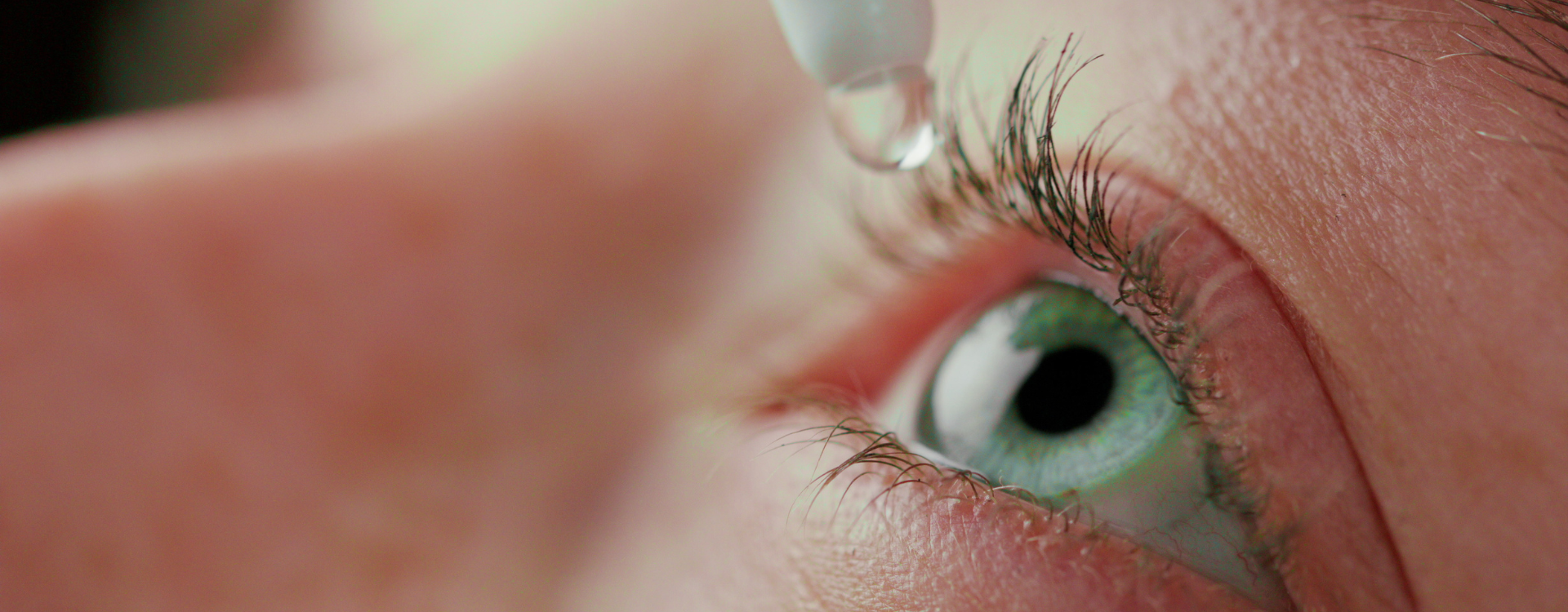
Dry eyes occur when your eyes don’t produce enough tears or when the quality of tears is inadequate, leading to discomfort, irritation, and potential vision problems. In this article, we will explore the causes, symptoms, and treatments of dry eyes, providing you with useful tips to manage and prevent this condition.
Dry eye syndrome happens when your eyes can't produce enough moisture or when the quality of your tears is insufficient to keep your eyes properly lubricated. Tears are essential for maintaining the moisture and health of the eye surface, preventing irritation and ensuring optimal visual comfort.
Several factors contribute to dry eyes. Here are the most frequent causes:
As we age, tear production naturally decreases, making older adults more prone to dry eye symptoms. This decline is especially noticeable in people over 65, leading to common complaints of dryness and discomfort.
Exposure to dry or windy environments, prolonged use of air conditioning, and excessive time in front of screens can lead to tear evaporation and dryness. Pollution and smoke can also worsen this condition. Constant exposure to harsh environmental conditions depletes the natural moisture of the eyes, leading to an uncomfortable sensation.
Wearing contact lenses for extended periods can interfere with tear production and cause dry eyes. Long-term use, especially without proper cleaning, can exacerbate dryness and irritation.
Certain medications, such as antihistamines, antidepressants, and beta-blockers, can reduce tear production, leading to dry eye syndrome. These medications alter the body's ability to produce tears, increasing the chances of experiencing dryness.
Conditions like Sjogren's syndrome, arthritis, and thyroid disorders can also contribute to dry eye by affecting tear glands. Additionally, eye infections can trigger inflammation and exacerbate dryness. In some cases, autoimmune disorders significantly impact the eye's ability to remain hydrated, creating more severe symptoms.
Hormonal changes, particularly during menopause, can lead to a reduction in tear production, increasing the risk of dry eyes. Women undergoing hormonal fluctuations are often more susceptible to dry eye symptoms, requiring specific treatments tailored to their hormonal changes.
The symptoms of dry eye syndrome vary in intensity, but the most common ones include:
Several treatment options exist to help alleviate dry eye syndrome. The appropriate treatment depends on the underlying cause and severity of your condition.
Over-the-counter artificial tear drops help lubricate the eyes and relieve dryness. Choose preservative-free drops if you need frequent use or have sensitive eyes. These drops are designed to replicate natural tears and provide short-term relief from dryness.
Using a humidifier at home or at work adds moisture to the air and reduces dryness. Wearing sunglasses outdoors protects your eyes from wind and pollutants. Reducing screen time or following the 20-20-20 rule (every 20 minutes, look at something 20 feet away for 20 seconds) can also help reduce eye strain. Making these environmental changes can significantly decrease the occurrence of dry eye symptoms.
Warm compresses and proper eyelid hygiene help stimulate the glands that produce oil in your tears, improving lubrication. Regularly cleaning your eyelids can reduce the likelihood of blockages in the tear ducts, promoting healthy tear flow.
A diet rich in omega-3 fatty acids (found in fatty fish, flaxseeds, etc.) can promote healthy tear production and overall eye health. Omega-3s help reduce inflammation, which can improve the quality of the tear film on the surface of your eyes.
In severe cases, an eye doctor may prescribe anti-inflammatory drops or immunomodulatory medications to reduce inflammation in the tear glands. These prescription treatments are often needed when over-the-counter solutions fail to provide sufficient relief.
Punctal plugs are small devices placed in the tear ducts to block drainage, keeping tears on the eye surface for a longer time. This helps maintain moisture and reduces the need for artificial tears.
It’s important to see an eye specialist if:
Dry eye syndrome can be frustrating and uncomfortable, but with the right treatment and preventative measures, you can improve your symptoms and protect your vision. By using artificial tears, adjusting your environment, and improving your diet, you can greatly reduce the discomfort of dry eyes. If over-the-counter treatments don’t provide sufficient relief, be sure to seek professional help from an ophthalmologist to get the care you need.
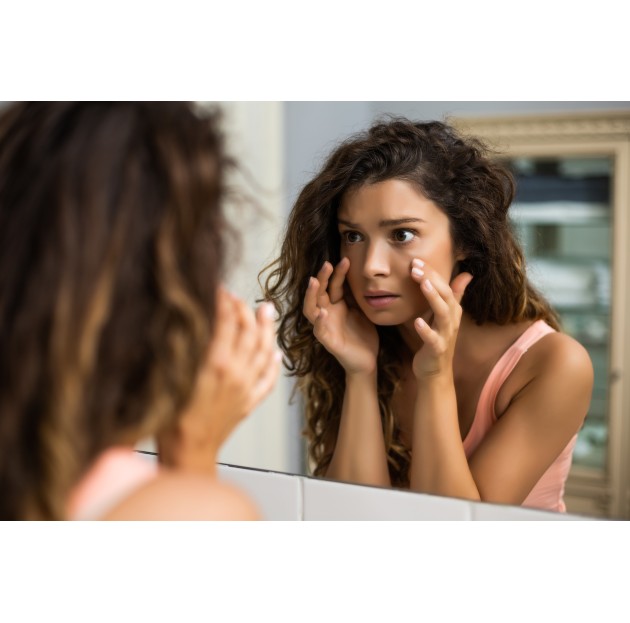
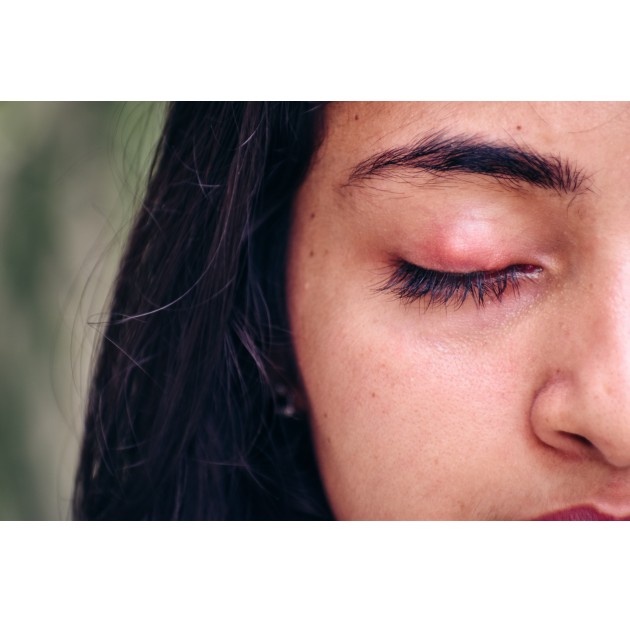


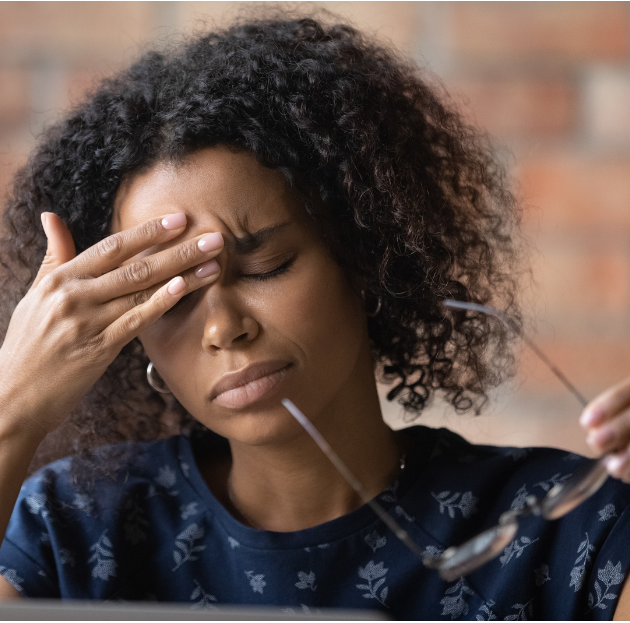

Search
Menu
Filters

Leave a comment